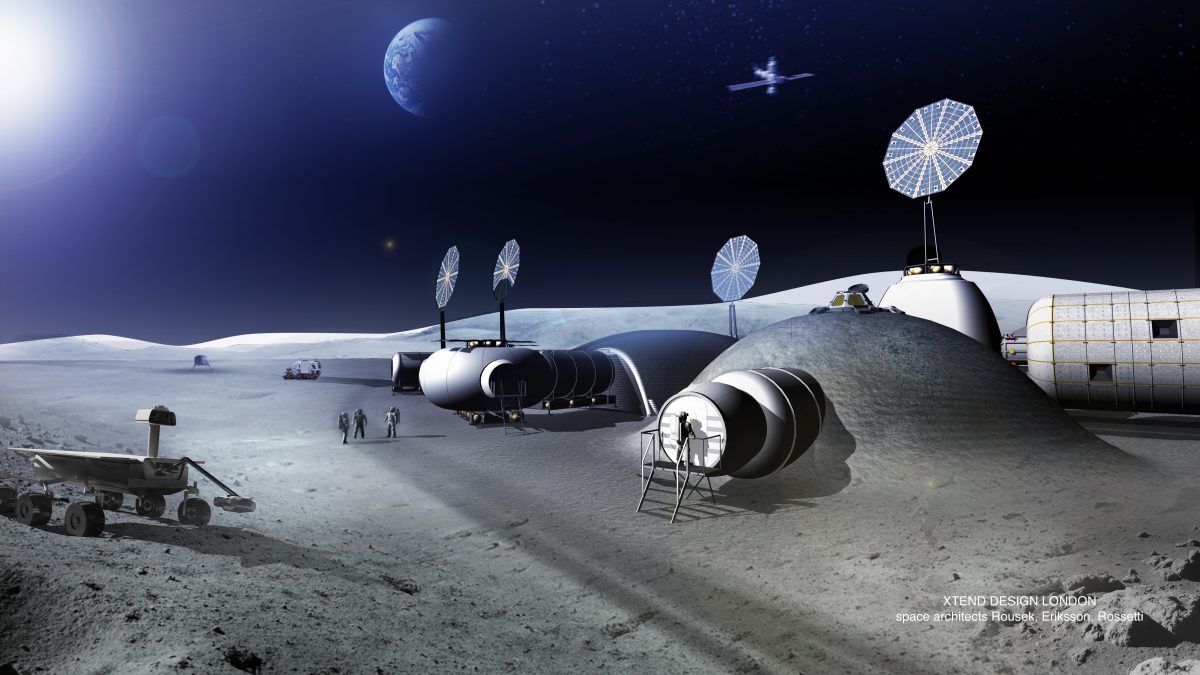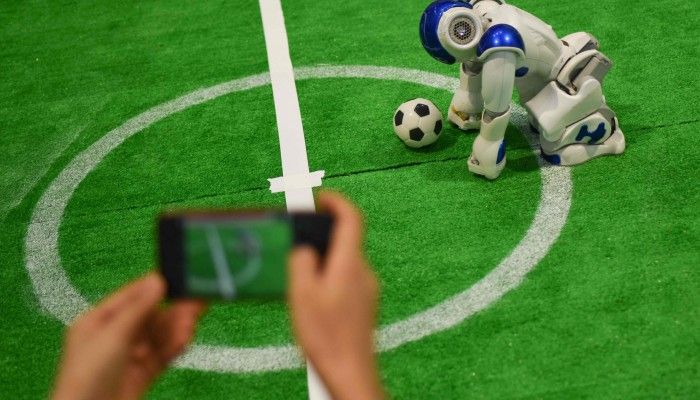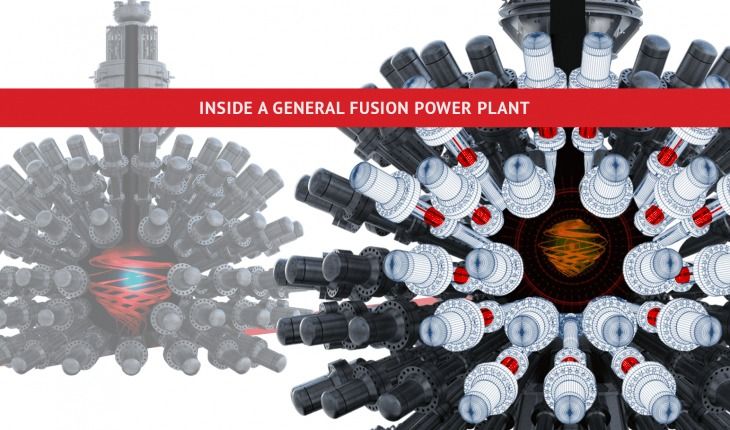China is racing ahead to overtake the U.S. in artificial intelligence (AI). Are we prepared to stay on top of the technology we’ve dominated since the 1950s?



Many countries including China, Russia, South Korea, India, Japan, and Europe Nations have all outlined significant lunar plans. To mention a few, the Moon Village concept got an endorsement from the Secretary General of the China National Space Administration, Yulong Tian. He outlined plans for a series of robotic missions to the moon, including China’s first sample return mission, Chang-e. The Director General of the Russian state space corporation, Roscosmos, talked about participating in any Moon Village effort. Smaller space agencies, such as Ukraine, share a similar desire to carry out lunar missions. President Trump signed the Space Policy Directive-1 in December 2017 and NASA has big plans for the Moon, with the recent Lunar Orbital Platform-Gateway (LOP-G) initiative. Space activities are not limited to government initiatives; many of them are being pursued in partnership with civil society and the private sector. Several private missions to the Moon are planned in Japan with ispace, India with Team Indus, Israel with SpaceIL, United States with companies such as OffWorld and Moon Express, Germany with PT Scientists, and Luxembourg with CisLunar Industries.
Private industry is developing business plans to profit by creating new services and products that eventually will become the Moon Market. There is already good cooperation between private and government industries in each country; however, there is no global platform allowing cooperation between industry and government around the world. There is also a need to engage non-space industries by communicating the potential of the Moon Market. The Moon Village Association (MVA), a non-governmental organization (NGO) created in 2017 and based in Vienna, is dedicated to this mission:
“It provides a forum for the development of the Moon Village for industry, government, space agencies, international organizations, NGOs and the public at large.”

While the White House report got modest news coverage and a mildly enthusiastic response from the AI community, this was barely a hiccup in comparison to China’s clarion call. When the CCP speaks, everyone listens.
Within a year, Chinese VC investors were pouring record sums into AI startups, surpassing the US to make up 48 percent of AI venture funding globally. Over the past decade, Chinese government spending on STEM research has grown by double digits year on year.
And China’s political system is set up such that local officials are incentivized to outcompete others for leadership in CCP initiatives, each striving to lure in AI companies and entrepreneurs with generous subsidies and advantageous policies.

Citi has produced another of its Disruptive Innovations publications, which takes a look at what it considers to be the top ten disruptive technologies. It is a sign of the changing times that anti-aging medicines are number 2 in its list.
1. All-Solid-State Batteries 2. Anti-Aging Medicines 3. Autonomous Vehicle Networks 4. Big Data & Healthcare 5. Dynamic Spectrum Access 6. eSports 7. 5G Technology 8. Floating Offshore Wind Farms 9. Real Estate Market Disruptors 10. Smart Voice-Activated Assistants.
What was considered fringe science a decade ago is now rapidly becoming a mainstream industry. Our understanding of aging has advanced quickly in the last 10 years, and the tools and innovations seem to come more quickly with each passing year. A variety of therapies that target different aging processes are in development, and some are at fairly advanced stages; if you are interested in their progress, check out the Rejuvenation Roadmap.


In 2018, Canada is ranked tenth in the world in nominal GDP. It is a rich developed country. Despite having an economy that is 11 times smaller than the USA or 7 times smaller than China, Canada has world competitive or world-leading projects in quantum computing, artificial intelligence, molecular nanotechnology, nuclear fusion and nuclear-molten salt.
This AI can JUDGE how attractive you are and more… and it could be a dangerous sign of things to come.
Amandeep Gill has a difficult job, though he won’t admit it himself. As chair of the United Nations’ Convention on Conventional Weapons (CCW) meetings on lethal autonomous weapons, he has the task of shepherding 125 member states through discussions on the thorny technical and ethical issue of “killer robots” — military robots that could theoretically engage targets independently. It’s a subject that has attracted a glaring media spotlight and pressure from NGOs like Campaign to Stop Killer Robots, which is backed by Tesla’s Elon Musk and Alphabet’s Mustafa Suleyman, to ban such machines outright.
Gill has to corral national delegations — diplomats, lawyers, and military personnel — as well as academics, AI entrepreneurs, industry associations, humanitarian organizations, and NGOs in order for member states to try to reach a consensus on this critical security issue.
The subject of killer robots can spark heated emotions. The Future of Life Institute, a nonprofit that works to “mitigate existential risks facing humanity” such as artificial intelligence, launched its sensationalistic short film Slaughterbots at a side event hosted by the Campaign to Stop Killer Robots at the CCW’s meetings last November. The film, which depicts a dystopian near-future menaced by homicidal drones, immediately went viral.

In a best-of-three match, two teams of pro gamers overcame a squad of AI bots that were created by the Elon Musk-founded research lab OpenAI.
AI bots made by the Elon Musk-founded research lab OpenAI were defeated by human pro gamers at Dota 2 at The International. The loss was not completely unexpected, but it’s still an unusual knock back for the seemingly unstoppable march of AI. Here, we explain what the matches really meant.